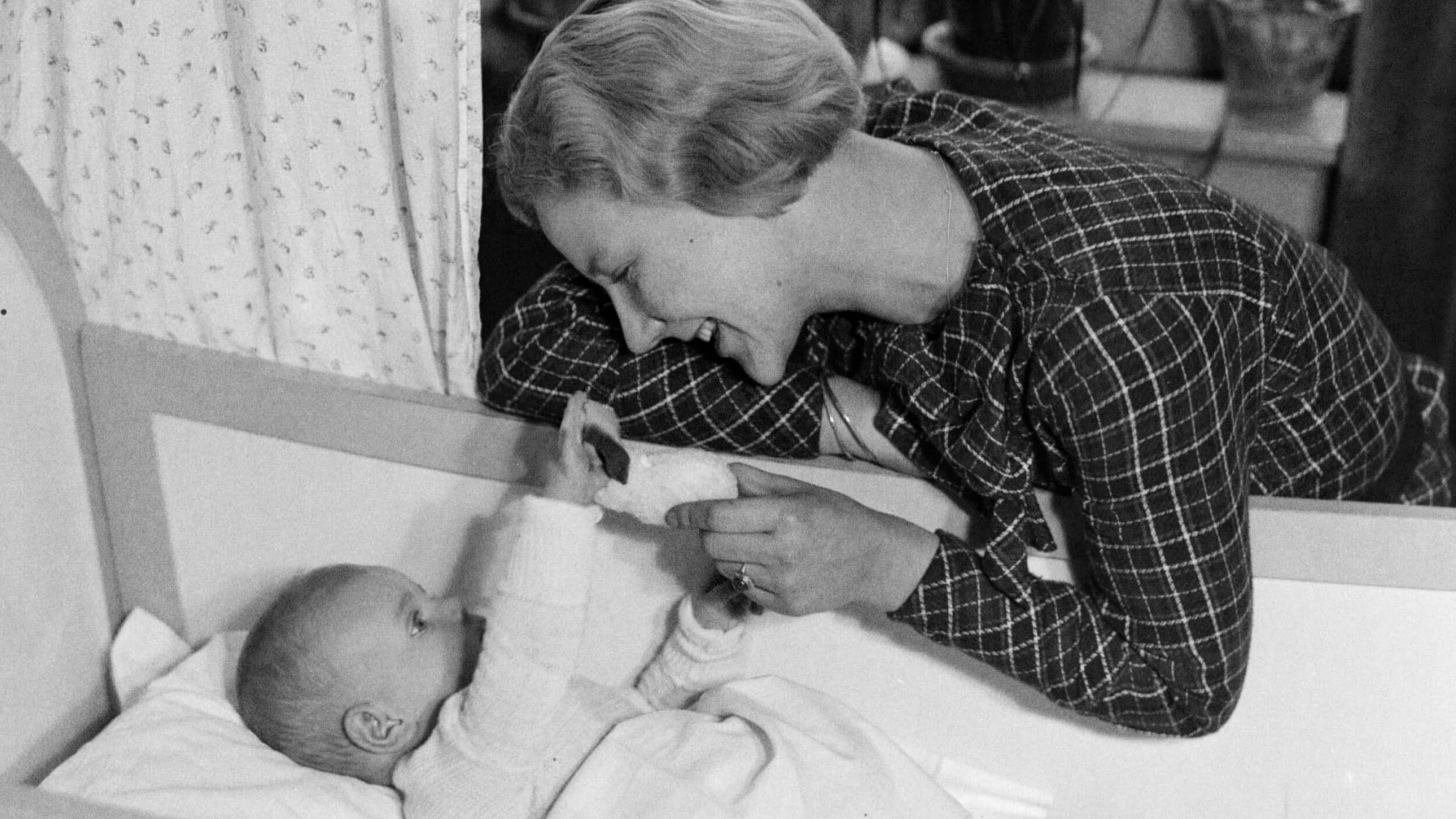Olfaction may be both the most primitive and the most sophisticated of our five senses.
Question: Is olfaction a more primitive or sophisticated sense?
Stuart Firestein: So olfaction is quite a remarkable sense actually. It’s often called the most primitive sense, the ability to detect chemicals in the environment and of course in biology the word primitive has a kind of a funny connotation. On the one hand you might say primitive meaning well the simplest or the most rudimentary, which is the typical meaning of the word primitive. But in biology of course because things happen over evolutionary time the more primitive something is the longer it has had to evolve and become "better," if you will, more perfected if you will. And so this idea that the olfactory sense is the most primitive may also make it in some ways that most sophisticated.
Question: How does olfaction work on a neurological level?
Stuart Firestein: The olfactory sense works by having this thin tissue lining the region of your nose way up at the top with a set of cells which are called olfactory sensory neurons. The important thing there is they are true neurons, that is brain cells. They’re like the cells in your brain inside your skull, but they’ve kind of been pushed out into the top of your nose where they have the ability now to come into contact with odors in the environment or odors in food as I just mentioned to you.
These cells have the remarkable ability to detect and discriminate among a tremendous variety and number of chemical compounds out there in the world, which we call odors. There are at least 10,000, maybe 100,000 of them. There is certainly 10,000 identified odors because this is what we can find in the catalogs of flavor and fragrance companies and these are mostly only the good odors. There is probably another 10,000 bad-smelling odors as well and then many new odors are created every day.
Most odors are small molecules. They’re what we call organic molecules in that they’re made up of carbon, but they’re relatively small. They’re volatile. They float around the air and they come up into your nose and can be trapped on the surface of these specialized neurons, olfactory sensory neurons, trapped by receptors that are on the surface of these cells. These receptors can be thought of as a kind of a lock-and-key mechanism, at least to a first approximation. If you imagine that the receptor is a lock then a key is the odor molecule and if the odor molecule has the right shape, it fits into the lock and activates the cell. It tells the cell "I’ve found something that fits my receptor and I’ll change my electrical qualities and signal the brain that I’ve found a molecule that fits." On the other hand, you might have another receptor shaped like this and this molecule won’t fit in it, but this molecule fits nicely. And so we’re able to discriminate between different odors based on their shape and other chemical properties that make them either bind to or not bind to, fit or not fit into one of these receptors or locks. What's remarkable about the olfactory system is the number of locks that we make, the number of receptors.
So in a mouse or a rodent or a dog there are nearly a thousand different types of these proteins, of these receptors on the surface of all these cells, these millions of cells in your nose. Each one of those protein receptors, each one of those locks if you will, is encoded by a gene in your genome. Even in humans we have fewer receptors, but we still have quite a large number, about 450 of them.
So let me put that in a little bit of perspective: we have about 25,000 genes that make up our whole genome. The whole plan for what we are is 25,000 genes in our genome, so that means... and that is typical of most mammals. A mouse or a rat is about the same. So in humans that means that nearly 2% of the genes in our genome are devoted to our sense of smell, devoted to making these receptors. That is about 1 out of every 50 genes. In a mouse or a rat it’s almost 5% or about 1 out of every 30 genes devoted to making receptors in your nose. So clearly there is an evolutionary commitment to the sense of smell, if you will.
Recorded September 22, 2010
Interviewed by Andrew Dermont





